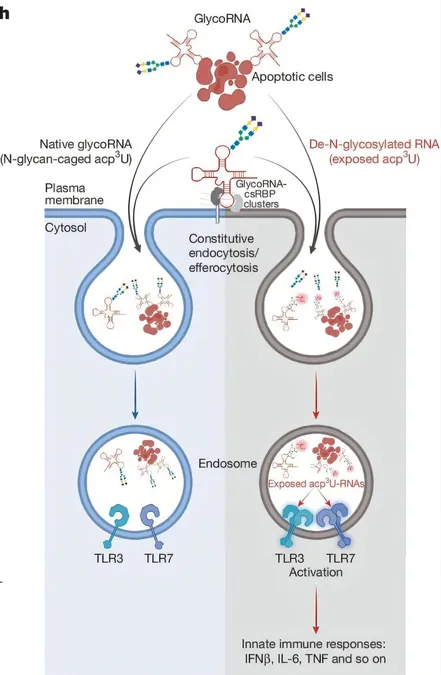
Sweet Secrets: How Our Bodies Use Sugar to Hide RNA From the Immune System
2025-08-09
Author: Mei
A Clever Camouflage Against Immune Attacks
Imagine if your body had a secret weapon to keep the immune system at bay! Researchers have unveiled a fascinating mechanism where our own cells disguise their RNA with sugar, shielding it from immune attacks. A team led by Vijay Rathinam at UConn School of Medicine, alongside Ryan Flynn from Boston Children's Hospital, highlighted this breakthrough in the prestigious journal Nature.
Why Is RNA Under Fire?
RNA, or ribonucleic acid, is crucial for life and can be found in everything from viruses to humans. When the immune system detects naked RNA in the bloodstream, it often triggers an alarm, treating it as a sign of infection. However, our own cells also produce RNA, raising a critical question: why doesn’t the immune system react to it?
The Sugar Shield Revealed
Rathinam and his team dove deep into this mystery, inspired by previous findings that revealed our bodies coat their RNA with sugars. These sugar-laden RNA strands, known as glycoRNAs, are displayed on the cell surface and cleverly evade the immune response.
A Game-Changing Experiment
In an eye-opening experiment, Vincent Graziano, a Ph.D. student in Rathinam’s lab, extracted glycoRNA from human cell cultures. After stripping away the sugar coating, he reintroduced it to the cells, and this time, the immune cells launched an attack. This stark contrast proves that the sugar cloak is indeed pivotal for keeping our RNA under the radar.
Keeping Inflammation at Bay
The implications of this discovery are profound. GlycoRNAs envelop our cells, acting as a barrier that prevents inflammation during cell death. This mechanism is crucial in maintaining harmony within our immune system and preventing unnecessary responses.
Towards New Treatments for Autoimmune Diseases
This groundbreaking research could pave the way for innovative approaches to treat autoimmune diseases, such as lupus, where rogue RNA can trigger immune responses. By understanding how glycosylation of RNA protects it, scientists may unveil new strategies to correct malfunctions in the immune system.
Conclusion: Unraveling the Mystery of Immune Evasion
With this newfound understanding of how our bodies cleverly disguise RNA, scientists have opened the door to exploring how these protective mechanisms might go awry. The future holds promise for correcting these issues, potentially transforming the landscape of autoimmune disease treatments.



 Brasil (PT)
Brasil (PT)
 Canada (EN)
Canada (EN)
 Chile (ES)
Chile (ES)
 Česko (CS)
Česko (CS)
 대한민국 (KO)
대한민국 (KO)
 España (ES)
España (ES)
 France (FR)
France (FR)
 Hong Kong (EN)
Hong Kong (EN)
 Italia (IT)
Italia (IT)
 日本 (JA)
日本 (JA)
 Magyarország (HU)
Magyarország (HU)
 Norge (NO)
Norge (NO)
 Polska (PL)
Polska (PL)
 Schweiz (DE)
Schweiz (DE)
 Singapore (EN)
Singapore (EN)
 Sverige (SV)
Sverige (SV)
 Suomi (FI)
Suomi (FI)
 Türkiye (TR)
Türkiye (TR)
 الإمارات العربية المتحدة (AR)
الإمارات العربية المتحدة (AR)